Found 867 places

Quorum - The Stone Faces
Art Newton Stewart ScotlandA subtle stone sculpture hidden in a dry stone wall in the middle of the Galloway Forest Park.
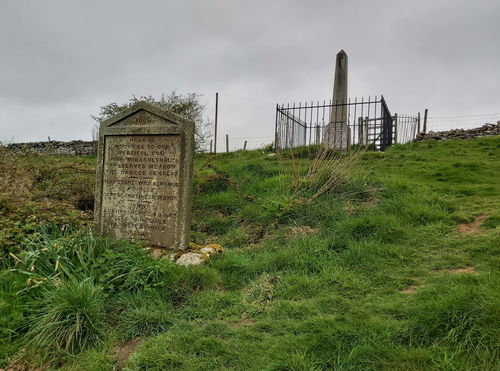
Willance's Leap
Landmark Richmond North YorkshireA monument to where a Richmond man's horse threw him over a cliff and his plan to stay alive.
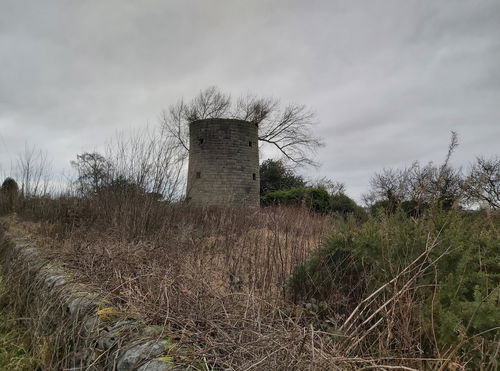
Birney Hill Mill
Windmill Ponteland NorthumberlandAn old 18th century windmill part of Birney Hill farm.
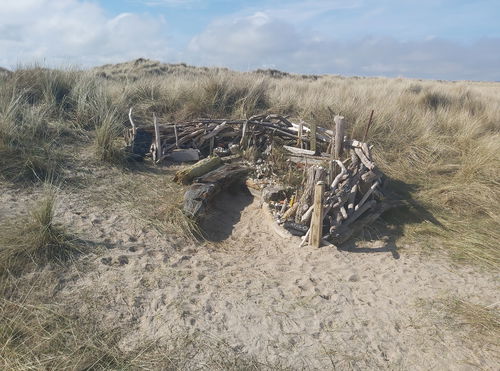
Magical Offering
Art Amble NorthumberlandA little hidden den in the dunes near Amble made of driftwood and containing shells and fun messages.

St Ninian's Chapel
Religious Place Newton Stewart ScotlandRuins of a medieval chapel dedicated to St Ninian.
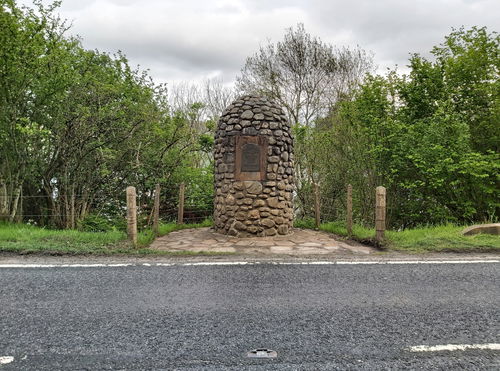
John Cobb Memorial
Crag, Rock And Cairn Loch Ness ScotlandA cairn memorial to John Cobb who died attempting to set a world speed record on Loch Ness.
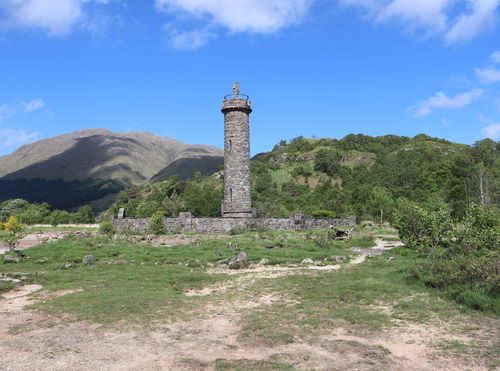
Glenfinnan Monument
Landmark Glenfinnan ScotlandA monument in Glenfinnan to remember the Jacobite Rising of 1745.
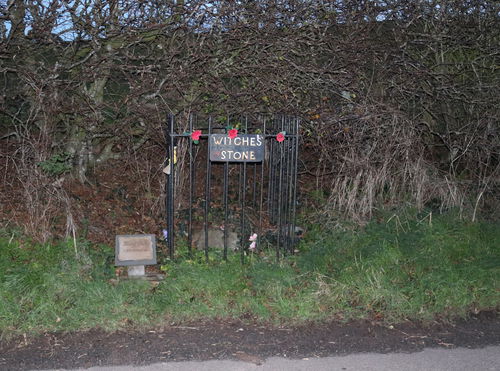
Witches' Stone
Landmark Dunbar BordersA boulder marking where Marion Lillie, also known as the Ringwoodie Witch, was executed in 1696.
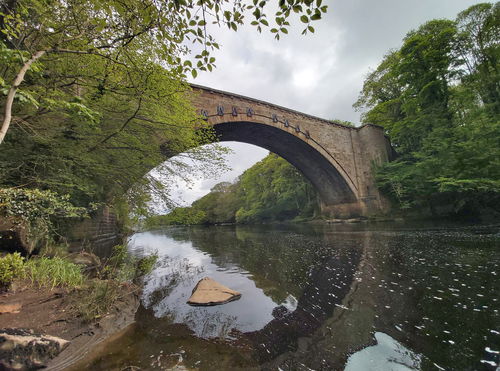
Winston Bridge Spitfire
Bridge Barnard Castle County DurhamA bridge spanning the River Tees where Ray Hanna flew his Spitfire under.
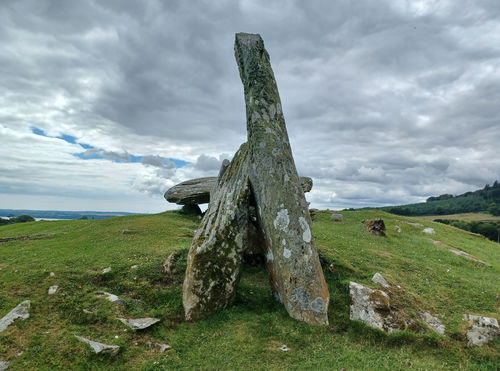
Cairn Holy Chambered Cairns
Crag, Rock And Cairn Newton Stewart ScotlandTwo chambered cairns dating back to the Neolithic period.
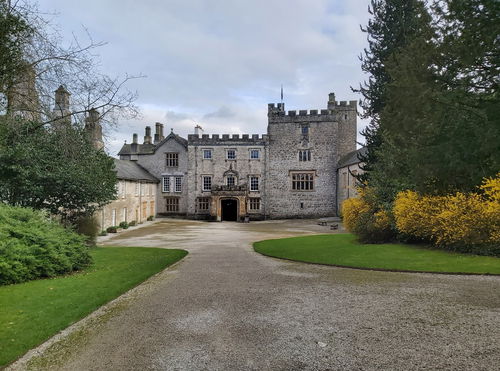
Sizergh
Estate Kendal CumbriaA medieval house with Tudor and 18th-century additions in Kendal, Cumbria.
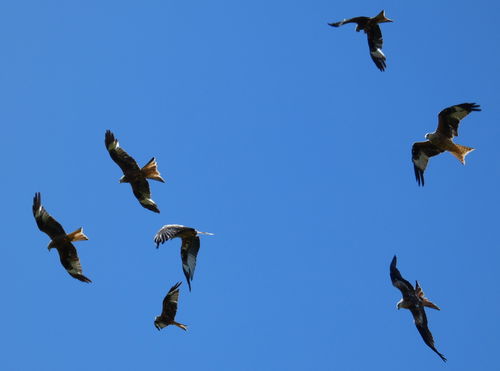
Bellymack Farm Red Kite Feeding Station
Landscape Dumfries ScotlandA Red Kite Feeding Station set up on a Farm.

Fallodon Hall
Estate Alnwick NorthumberlandA country house near Christon Bank and home to a past Prime Minister, and the longest serving Foreign Secretary.
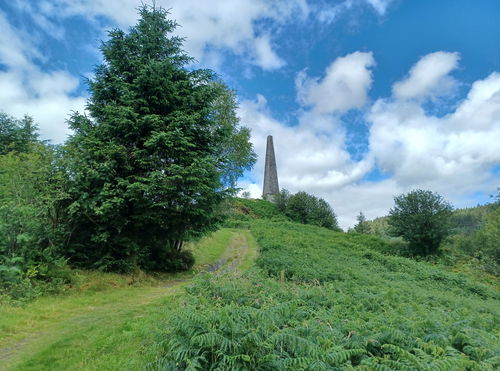
Murray's Monument
Obelisk Newton Stewart ScotlandMonument built in 1835 in memory of a local shepherd's boy, Alexander Murray.

Steel Ladle Truck
Machinery Consett County DurhamA ladle train that would transfer hot metal within the Consett Steelworks.
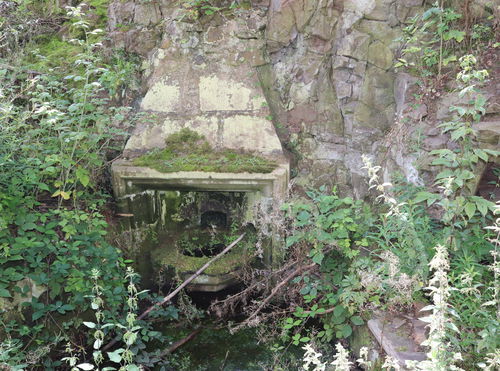
Sybil's Well
Fountain Branxton NorthumberlandA well head commissioned by Lady Waterford that was once fed by a natural spring and linked to the Battle Of Flodden.
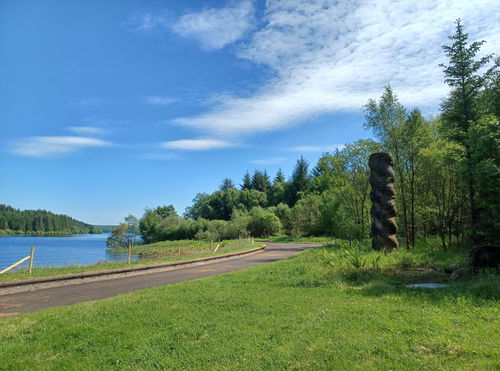
Kielder Column
Art Kielder NorthumberlandA stone artwork by John Maine that forms part of the Kielder Forest Art and Architecture Trail.
Beacon On Beacon Hill South
Landmark Richmond North YorkshireA beacon on a hill just outside Richmond that was supposidly erected for Millennium celebrations.
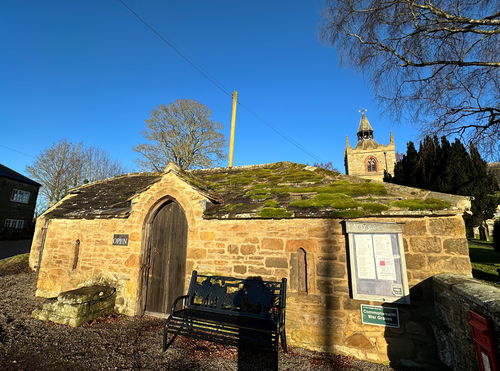
Hearse House at St Giles
Building Hexham NorthumberlandOne of a handful of hearse houses left in the UK with a little 'fun for free' museum.
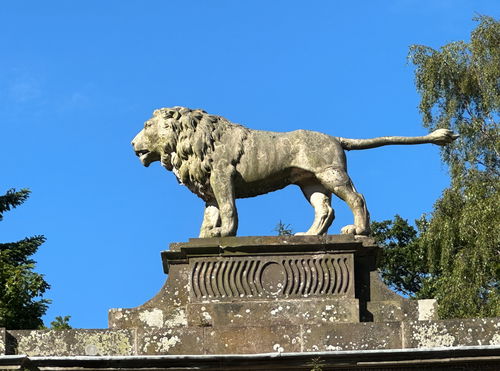
Ladykirk House Lion Gates
Building Berwick Upon Tweed NorthumberlandA proud standing Percy lion atop a grandiose gateway to the old Ladykirk House in Upsettlington.
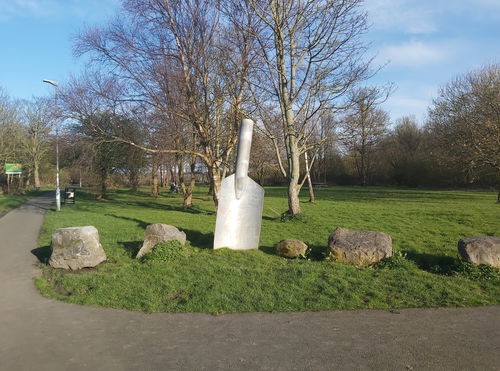
Giant Trowel
Art Ashington NorthumberlandA giant trowel next to the North Seaton Community Centre in Ashington.
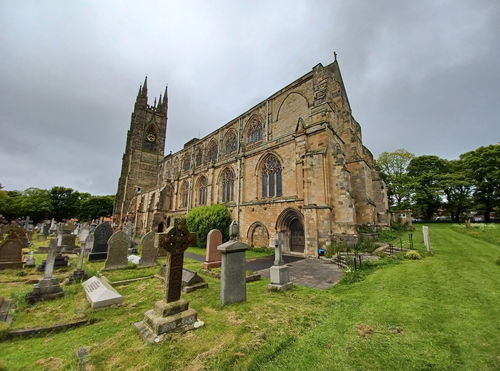
Bridlington Priory
Religious Place Bridlington East Riding Of YorkshirePriory founded in 1113, nestled in the heart of Bridlington old town.

Saltburn Pier
Building Saltburn North YorkshireThe first pier on the North East Coast and last pier in Yorkshire.

Kilnsike Tower
Bastle Jedburgh BordersA tumble down 16th century pele tower in the Borders, built with the biggest cyclopean stones, and only sheep for neighbours.
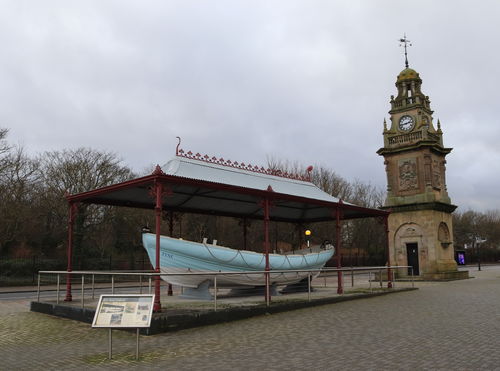
South Shields Lifeboat Memorial
Statue South Shields Tyne And WearA monument built to commemorate Queen Victoria's Golden Jubilee and also celebrate William Wouldhave and Henry Greathead, two of the people credited with the design of the first self-righting lifeboat.
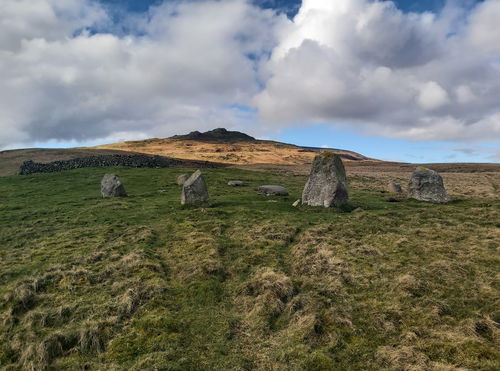
Dunmoor Hill Stone Circle
Stone Circle Ingram Valley NorthumberlandA little stone circle sitting at the bottom of Dunmoor next to Cunyan Crags.
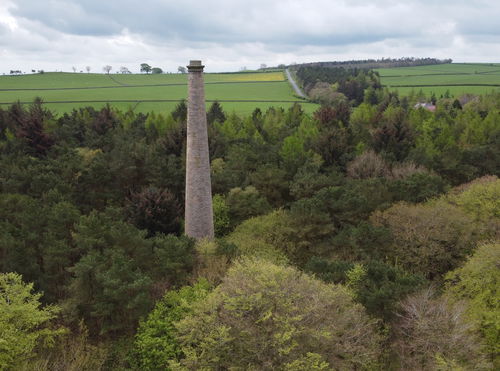
Copley Chimney
Chimney Bishop Auckland County DurhamA 35m tall chimney that was part of the Gaunless Valley Lead Mill.

St Martins Priory
Religious Place Richmond North YorkshireRuins of a 12th century Benedictine priory, close to the banks of the River Swale.
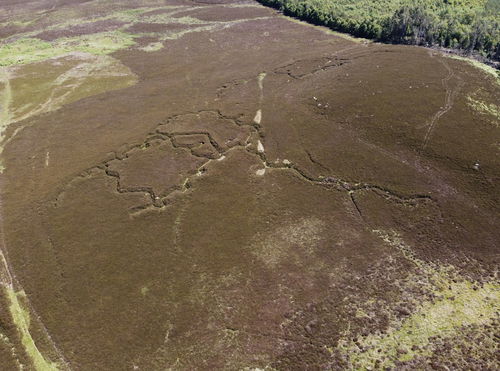
Rothbury Trenches
Military Rothbury NorthumberlandTraining trenches dug by members of the 18th Battalion of the Northumberland Fusiliers in preparation for World War I.
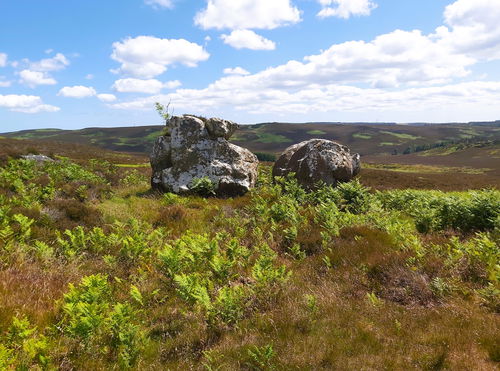
The Priest And Clerk
Crag, Rock And Cairn Rothbury NorthumberlandTwo weathered rock formations representing a priest and his clerk on the banks of Cartington Hill in Rothbury.
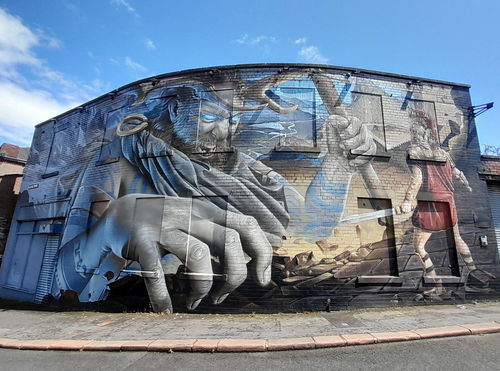
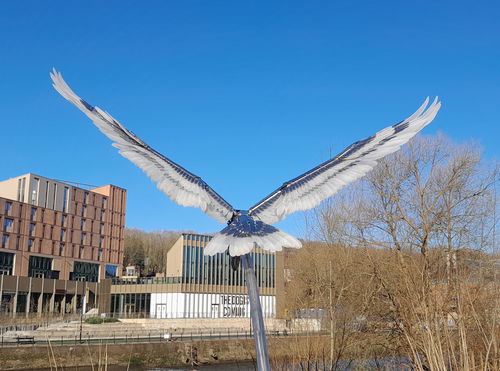
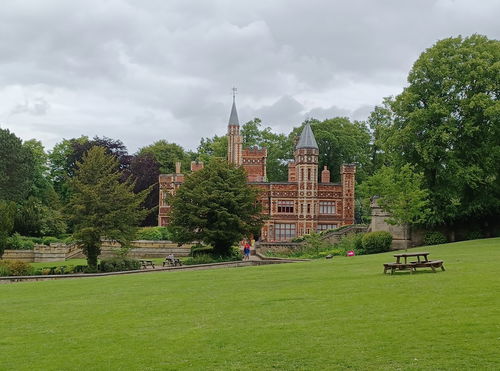
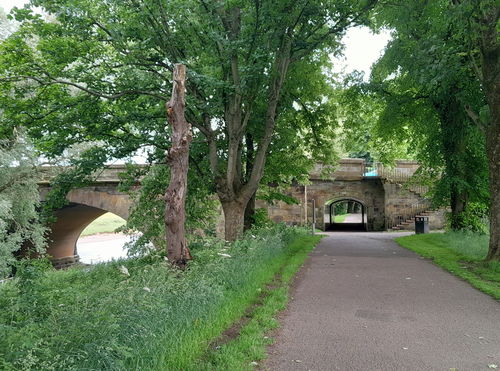
Bitts Park
Landscape Carlisle CumbriaVictorian Park alongside the River Eden with contemporary and traditional artwork, statues, and musical instruments.
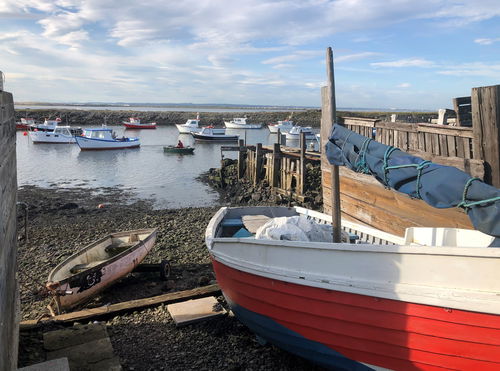
Paddy's Hole
Landscape Redcar North YorkshireA late 19th century secluded harbor and part of the South Gare Breakwater.

Saltburn Cliff Tramway
Machinery Saltburn North YorkshireSaltburn is home to the oldest water-balanced funicular in the UK and the second oldest in the whole wide world! A cliff lift with the most sensational view of the sea and sand below.
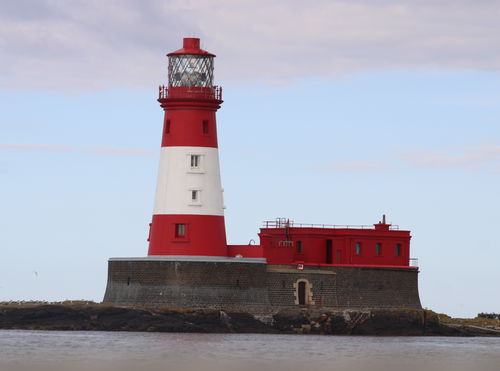
Longstone Lighthouse
Lighthouse Farne Islands NorthumberlandLighthouse built in 1826, where Grace Darling spotted the wreck of the SS Forfarshire.

Carlisle Cathedral
Religious Place Carlisle CumbriaA small Cathedral but perfectly (almost) formed with a celestial ceiling.
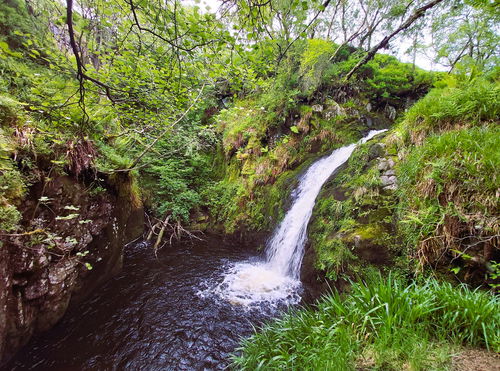
Harthope Linn
Waterfall The Cheviots NorthumberlandA secluded waterfall and plunge pool in the Harthope Valley next to The Cheviot.
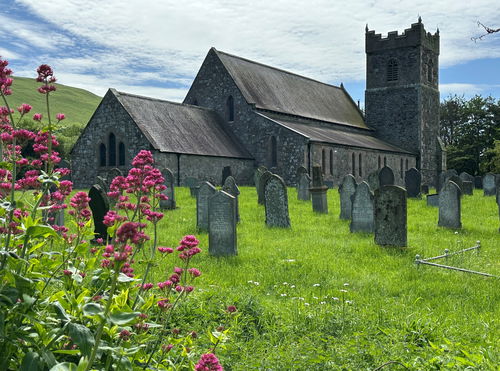
The Church of St Gregory The Great
Religious Place Wooler NorthumberlandA beautiful church filled with art, history and culture in the fork of the road up to the College Valley.
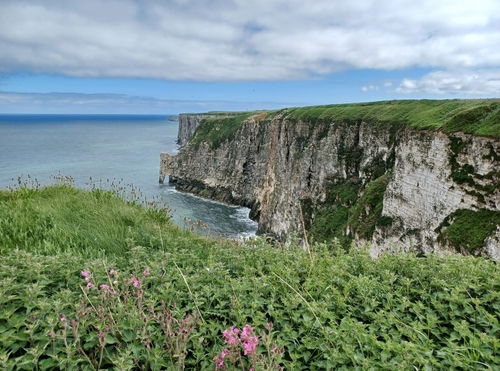
RSPB Bempton Cliffs
Landscape Flamborough East Riding Of YorkshireAn RSPB reserve comprising chalk cliffs and grassland, home to one of the UK's largest seabird colonies.

Sewerby Hall
Estate Bridlington East Riding Of Yorkshire50 acre estate, formerly owned by the Greame family and built in 1714.
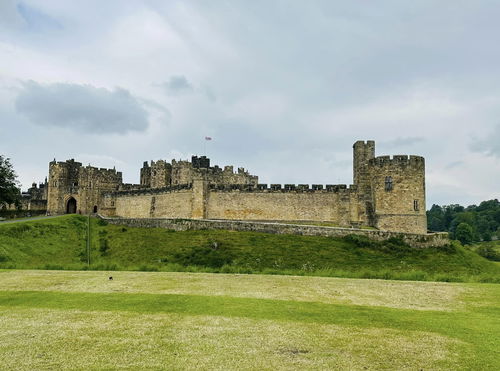
Alnwick Castle
Castle Alnwick NorthumberlandA castle and country house in Alnwick, Northumberland. It is the seat of The 12th Duke of Northumberland.
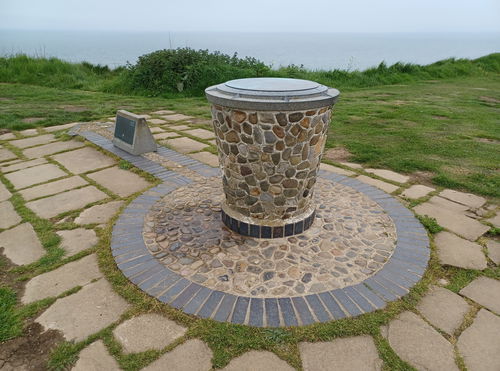
Flamborough Toposcope
Art Flamborough East Riding Of YorkshireA Toposcope commemorating an important naval battle during the American Revolutionary Wars.

The Nick
Art Kielder NorthumberlandA piece of public art providing seating, shelter and a belta view over North Tyne Valley.
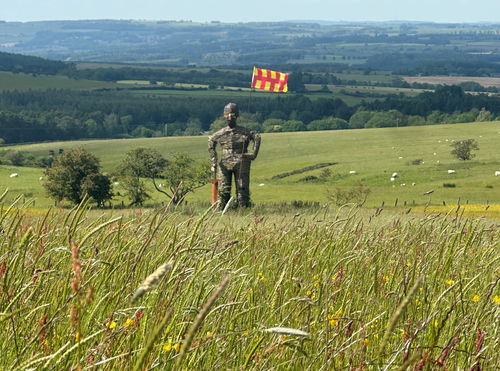
Whittonstall Wicker Man
Art Stocksfield NorthumberlandA cool rural wicker man, keeping an eye on any bad lads on the border of Northumberland and Durham.
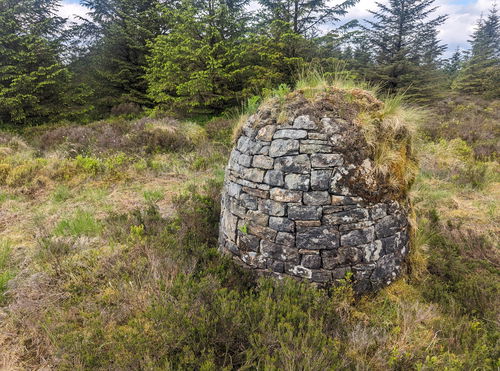
Robinson Memorial
Landmark Kielder NorthumberlandA remote memorial cairn to Lord Robinson who was instrumental in forming the British Forestry Commission and Kielder Forest.

Canary Mural Wheatley Hill
Art Peterlee County DurhamA stunning mural depicting the release of a yellow canary which references the area's mining days and has significance for the future.
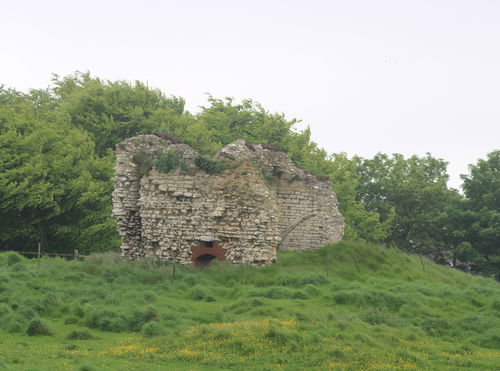
Flamborough Castle
Castle Flamborough East Riding Of YorkshireRemains of a 14th century castle in the heart of Flamborough village.
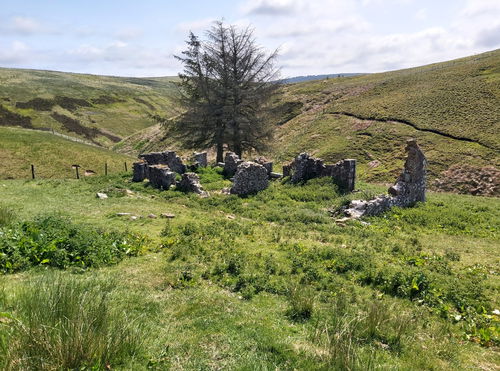
Yearning Hall
Building The Cheviots NorthumberlandA ruined farm house on top of Yearning Law near the border ridge.
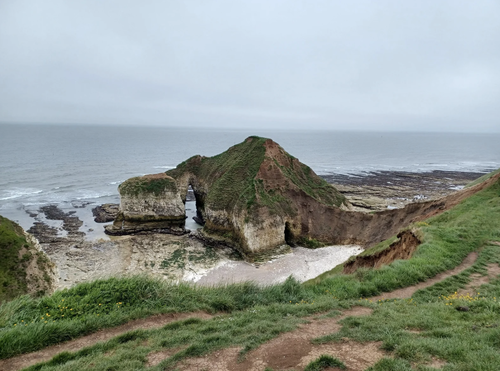
The Drinking Dinosaur
Landmark Flamborough East Riding Of YorkshireA sea arch and rock formation that is said to resemble a drinking dinosaur at Flamborough Head.
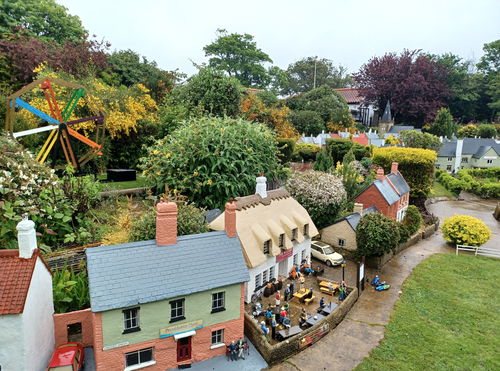
Bondville Model Village
Art Bridlington East Riding Of YorkshireModel village near Bridlington featuring local landmarks.

Berwick Bell Tower
Tower Berwick Upon Tweed NorthumberlandAn octagonal bell tower in Berwick which was built in 1577 as a medieval lookout post and alarm system.

Gilnockie Tower
Tower Langholm BordersWell kept 16th century peel tower in the Scottish Borders, home to the infamous Border Reiver Johnnie Armstrong.
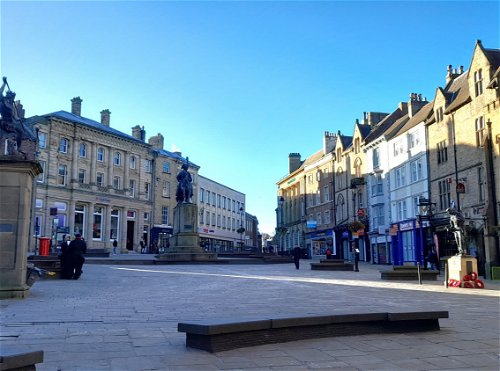
Durham Market Place
Statue Durham County DurhamA gem of a market place with interesting sculptures, some secret creatures, and a timeline.
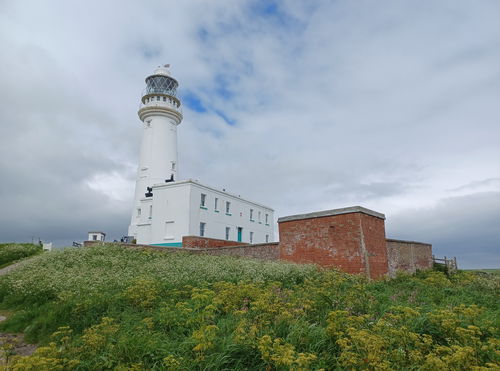
New Flamborough Lighthouse
Lighthouse Flamborough East Riding Of YorkshireThe new Flamborough Head Lighthouse built in 1806.
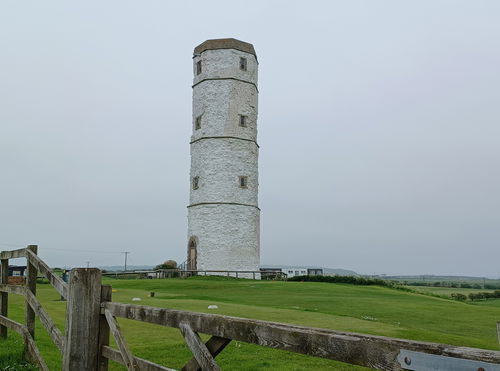
Flamborough Old Lighthouse
Lighthouse Flamborough East Riding Of YorkshireBuilt in 1674 from white chalk by Sir John Clayton and George Blake.

Ever Changing
Art Newcastle City Centre Tyne And WearAn abstract sculpture by Eilis O'Connell of a conical, polished stainless-steel sculpture.
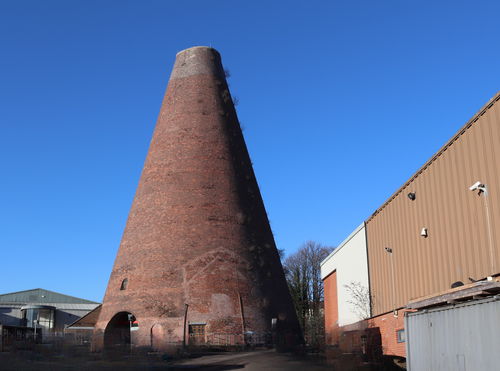
Lemington Glass Works Cone
Building Newburn Tyne And WearThe last remaining cone from the Lemington Glass Works Cone.
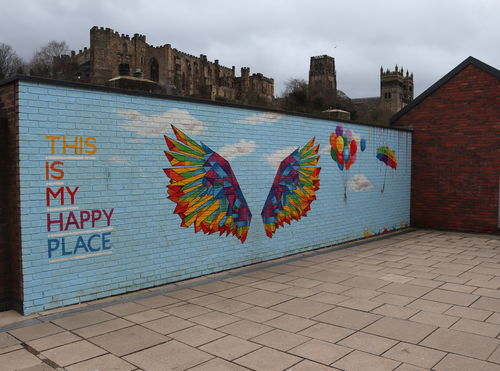
Durham Riverwalk Selfie Wall
Art Durham County DurhamArtwork on a call of angel wings, balloons and an umbrella, set up ready for a selfie.
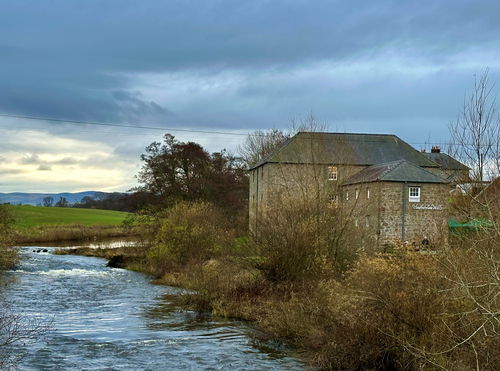
Heatherslaw Corn Mill
Building Ford And Etal NorthumberlandAn ancient corn mill, nestled in the bend of the River Till, sitting between Ford and Etal.


The Man with the Donkey
Statue South Shields Tyne And WearA statue to John Simpson Kirkpatrick and his unlikely companion.
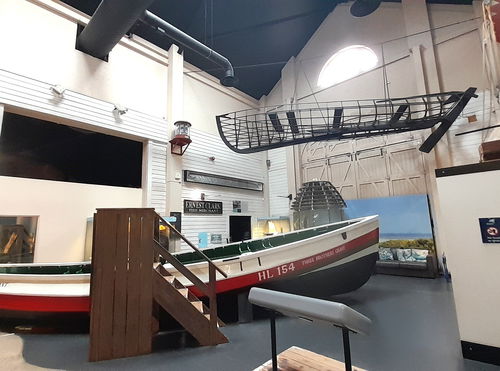
Museum Of Hartlepool
Museum Hartlepool County DurhamDiscover history on Hartlepool's maritime history with some unusual and macabre pieces.
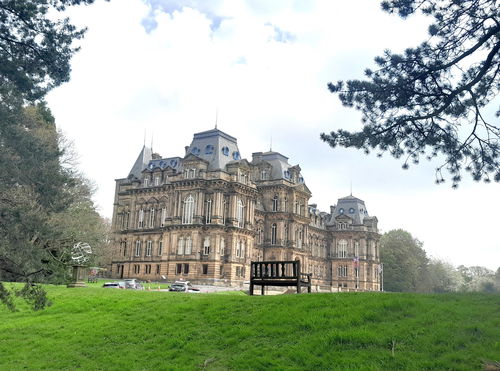
Bowes Museum
Museum Barnard Castle County DurhamDesigned and built as a museum in the style of a French Chateau and housing 22 galleries. Famous for the amazing kinetic art of the Silver Swan.

Charm Bracelet
Art Saltburn North YorkshireSteel artwork by Richard Farrington on the Cleveland Way walking trail.

Huntcliff Guibal Fan House
Building Saltburn North YorkshireGuibal fan house built in 1872, which once ventilated Huntcliff Ironstone mine.
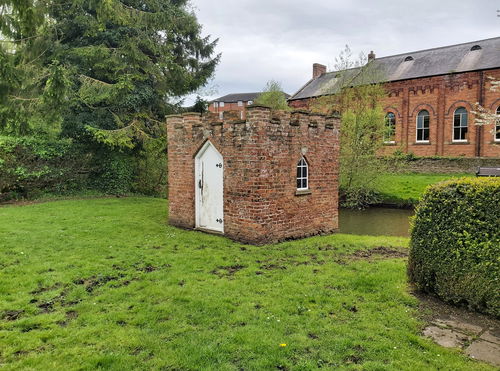
Bedale Leech House
Building Bedale North YorkshireA small castellated house in Bedale that was used to house leeches which were sold to local doctors for bloodletting.

Howk Bobbin Mill
Building Carlisle CumbriaHowk Bobbin Mill is a ruined 19th century mill, it is hidden away surrounded by trees with the River Caldew running alongside it and the mystical fairy pools nearby.

Apothecary's Tower
Tower Skye ScotlandA neoclassical tower that stands on top of a bluff overlooking Portree harbour.
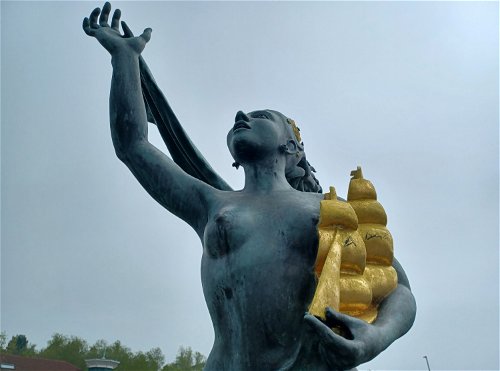
Spirit of South Shields
Art South Shields Tyne And WearBronze statue close to the River Tyne, depicting the history of South Shields.
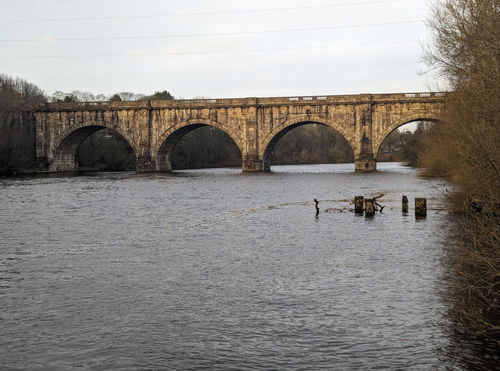
Lune Aqueduct
Bridge Lancaster LancashireA Georgian Grade I Listed aqueduct, the largest all-masonry aqueduct in Britain taking the Lancaster Canal over the River Lune.
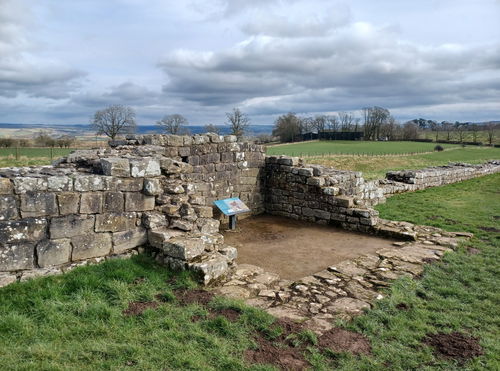
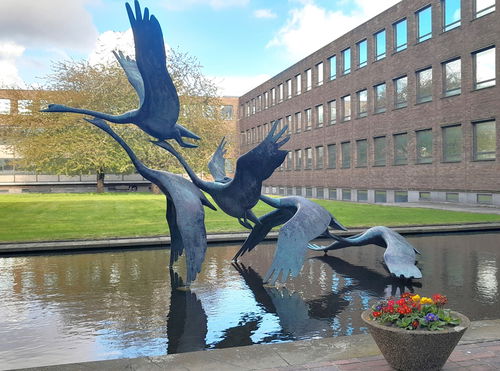
Swans in Flight
Art Newcastle City Centre Tyne And WearFive bronze life-size swans in various stages of flight that look naturally interwoven with each other.

Chemical Beach
Landscape Seaham County DurhamA juxaposed scene, with chaldron wheels, industrial remains, and an old jetty against a backdrop of organic appeal.
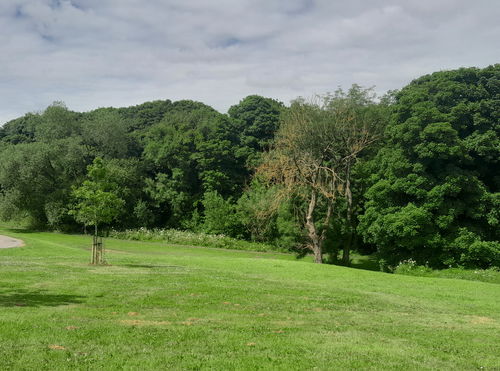
Hetton Bogs Nature Reserve
Landscape Houghton-le-Spring Tyne And WearA local nature reserve with a modern history of regeneration from marshland to bog due to the end of water mills.
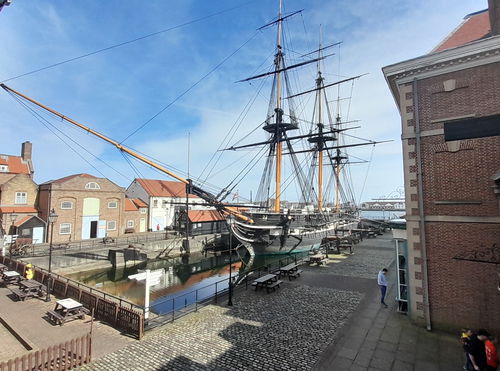
The National Museum Of The Royal Navy Hartlepool
Museum Hartlepool County DurhamAll that would have been dock life around the 18th century and complete with one of The Admiralties Frigates, The HMS Trincomalee.
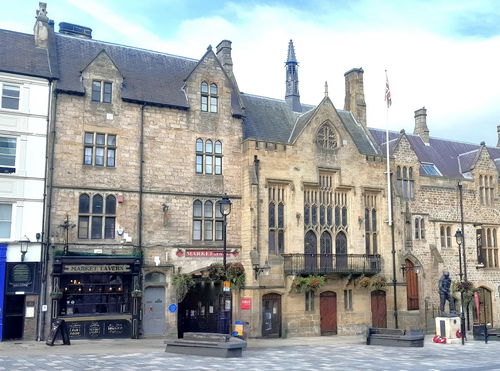
Durham Town Hall
Building Durham County DurhamA splendid feast of medieval lookalike architectural delights, and other things.
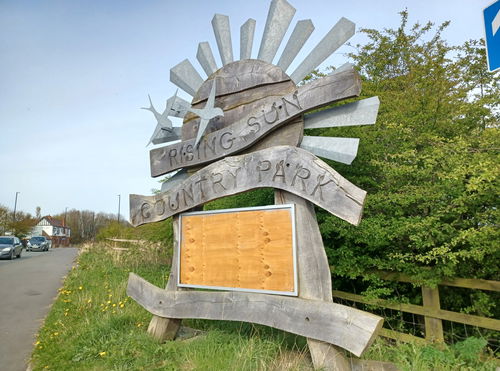
Rising Sun Country Park
Landscape Benton Tyne And Wear162 hectare park with ponds, walkways and bird hides.
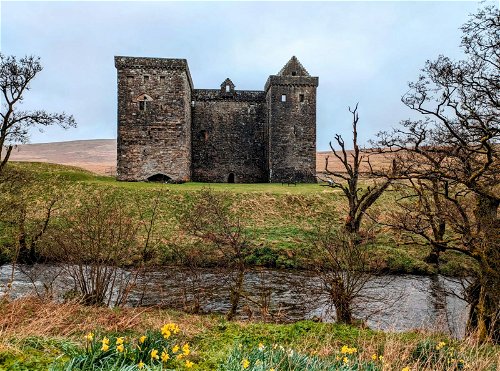
Hermitage Castle
Castle Hawick ScotlandA ruined border fortress built in the 13th century and associated with battles and Mary, Queen of Scots.
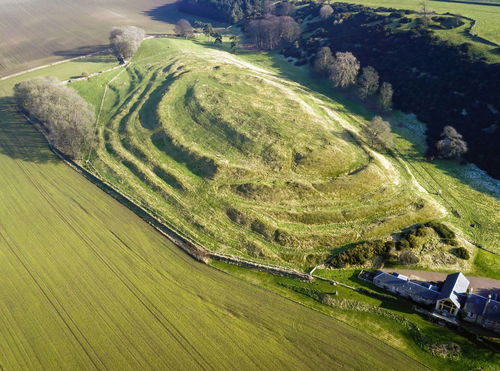
Chesters Hillfort
Hillfort East Lothian BordersThe remains of a 2,000 year old hillfort in Drem, East Lothian.
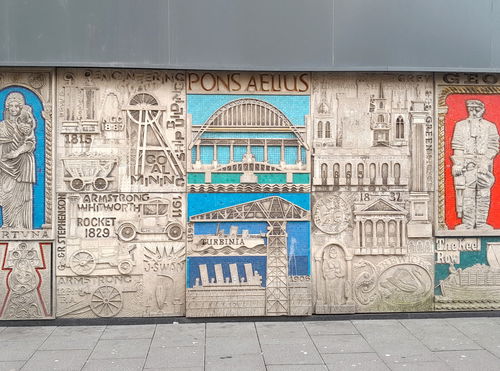
Newcastle Through the Ages
Art Newcastle City Centre Tyne And WearA mural depicting history and noteworthy people and places of Newcastle Upon Tyne.
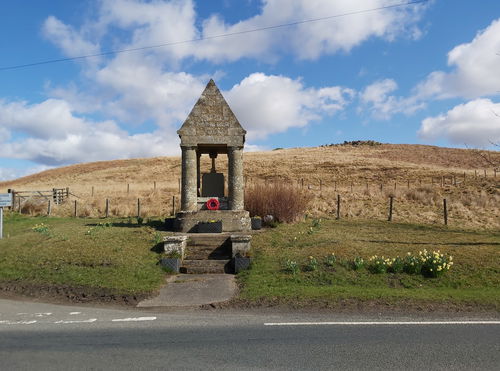
Rochester War Memorial
Military Rochester NorthumberlandWar Memorial from 1921 by the A68 in Rochester, Northumberland
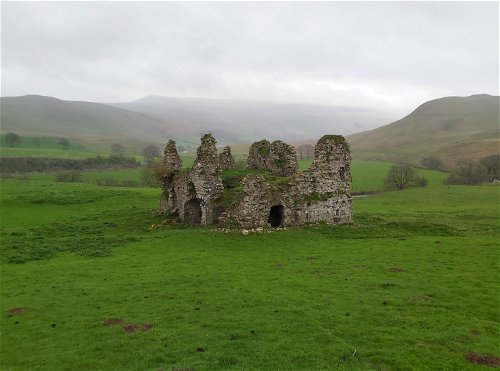
Lammerside Castle
Castle Kirkby Stephen CumbriaRuined 14th century pele tower set in the Cumbrian countryside.

Bewcastle Castle
Castle Bewcastle CumbriaThe remaining gatehouse and garderobe of Bewcastle Castle which was built in the 14th century by one of Edward III's generals.
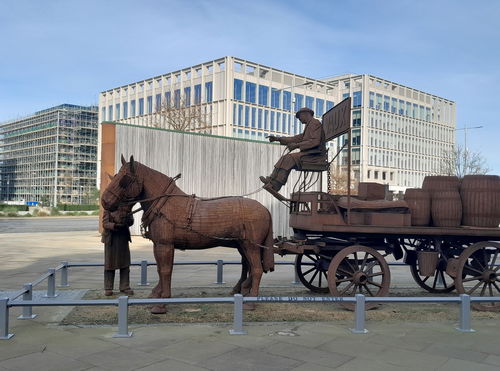
Gan Canny
Art Sunderland Tyne And WearA life size reminder of The Vaux Brewery wagons and Dray horses by Ray Lonsdale.
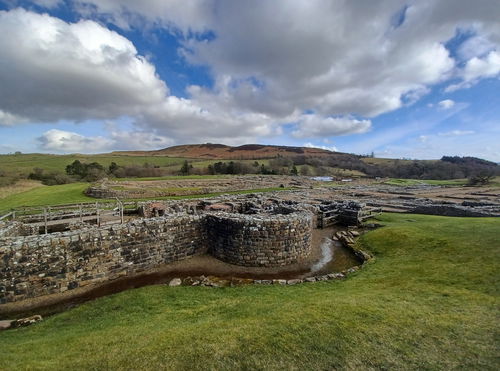
Vindolanda
Museum Hexham NorthumberlandA Roman Fort, surrounding settlement and museum that has been gradually excavated over the past 50 years and the location of some of the most important Roman finds in history.

Thornton Court Pig and Mushrooms
Art Newcastle City Centre Tyne And WearSteel Truffle Pigs and Mushroom Statues hidden in Newcastle Centre by the Men of Steel blacksmith Graeme Hopper.
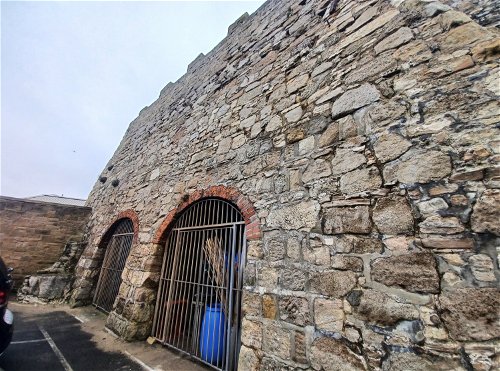
Seaham Lime Kilns
Lime Kiln Seaham County DurhamLime kilns located at Seaham harbour, restored in 2005.
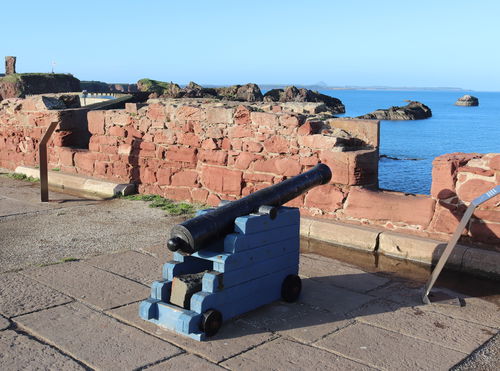
Dunbar Battery
Military Dunbar BordersAn 18th century battery protecting Dunbar Harbour from invasion and privateers.
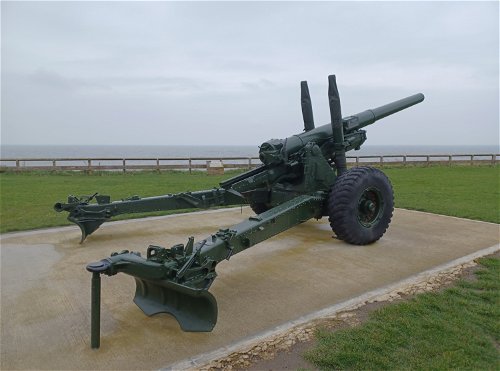
The Howitzer Gun
Military Seaham County DurhamA 5.5 inch Howitzer Gun to celebrate Seaham's links to the Royal Artillery and coastal defence during WWII.

Tom Tallon's Crag
Crag, Rock And Cairn The Cheviots NorthumberlandA cairn up near Yeavering Bell at the northern end of the Cheviots which has roots in local folklore.
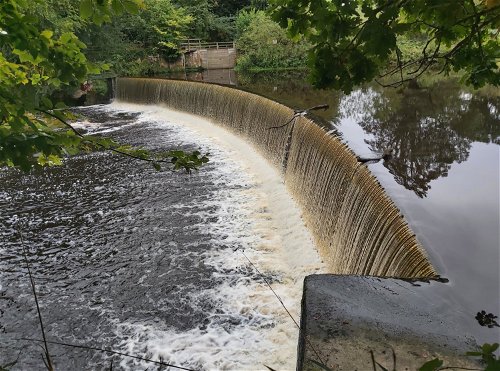
Guyzance Weir
Waterfall Guyzance NorthumberlandA weir in the River Coquet which powered a nearby water mill, but was also the scene of a wartime tragedy.
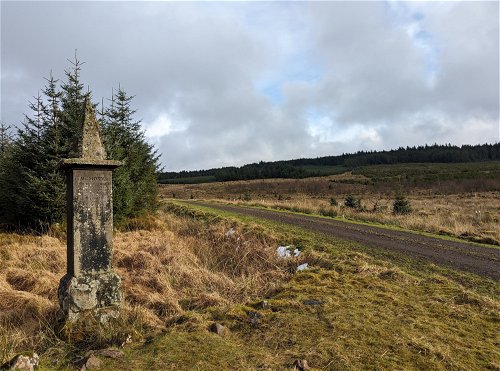
Davidson's Monument
Statue Carlisle CumbriaA remote 19th century monument in the border forest of Kershope marking the spot of a gamekeeper killed by poachers and a large prehistoric Neolithic burial mound.
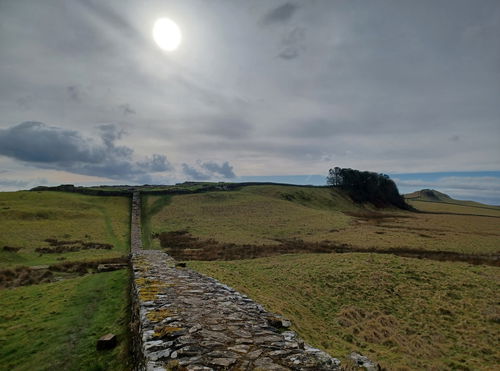
Housesteads Roman Fort
Military Hexham NorthumberlandA Roman Fort that forms part of Hadrian's Wall at the frontier of the Roman Empire.
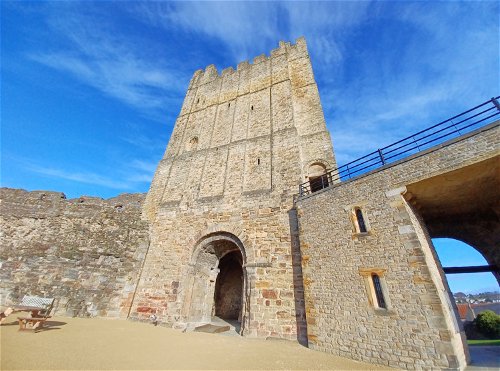
Richmond Castle
Castle Richmond North YorkshireEarly Norman castle built in the 1070s by Alan Rufus.
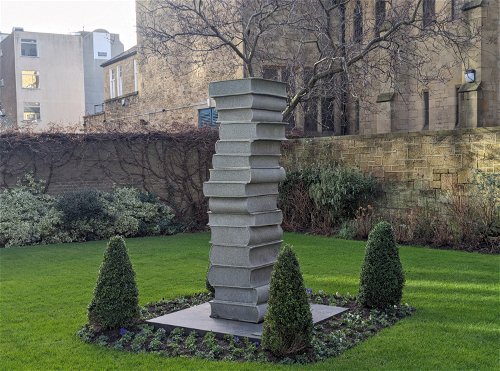
Northumbria University Art Trail
Art Newcastle City Centre Tyne And WearExploring the old and modern art around the Northumbria University Campus.
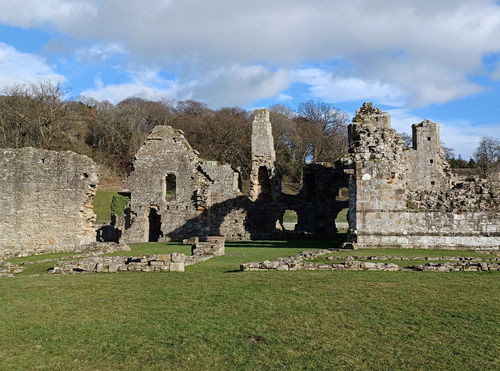
Easby Abbey
Religious Place Richmond North YorkshireRuins of a 12th century Premonstratensian abbey in the hamlet of Easby.
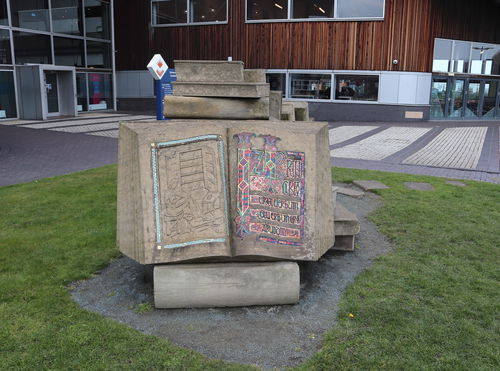
Codex Amiatinus Sculpture
Art Sunderland Tyne And WearThe Sunderland Codex sculpture outside the University of Sunderland vividly depicts the Codex Amiatinus, the world's oldest single-volume Latin Bible.
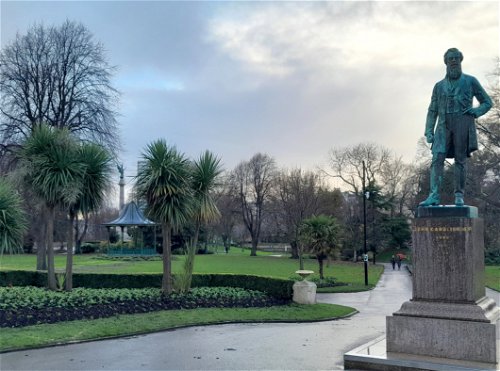
Mowbray Park
Statue Sunderland Tyne And WearA Victorian park with many fine features, sculptures, and modern-day art installations including reference to Lewis Carroll.
Filter Results
Filter the places by category or their location, or even search by a keyword.
